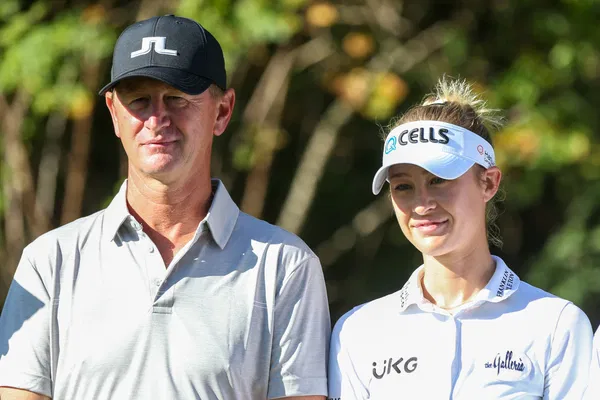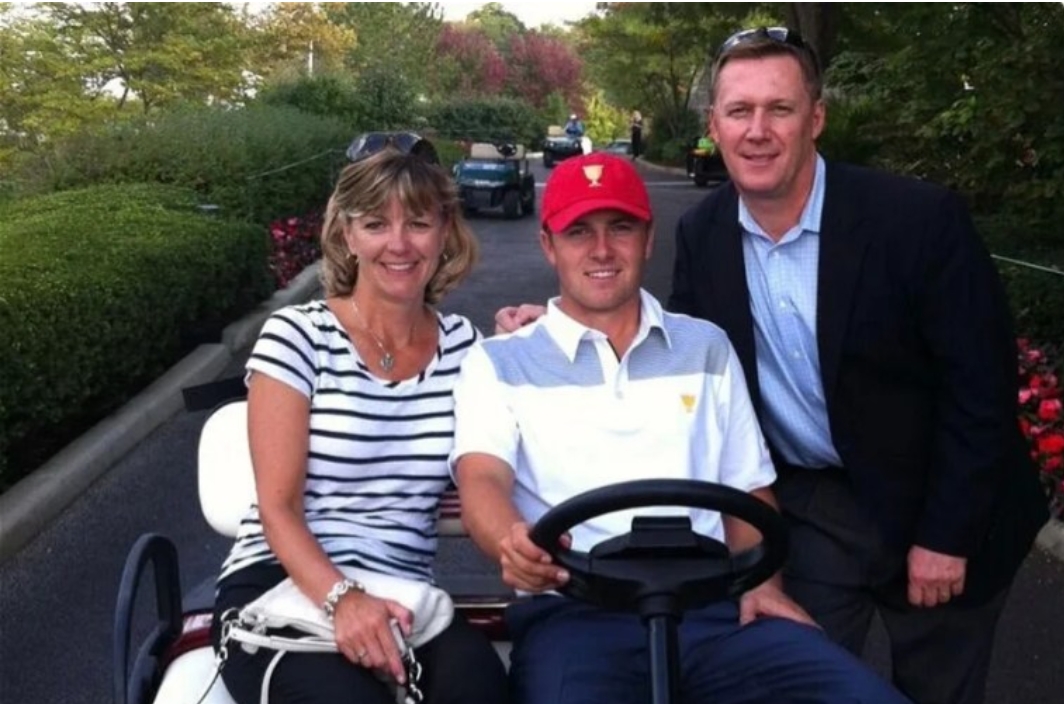This weekend’s biggest golf event is being played on the DP World Tour. Next weekend’s biggest golf event will be, too, when the circuit formerly known as the European Tour finishes out its season at the DP World Tour Championship in Dubai.
Why is this significant? Because that’s not often true. Because the end of the season is as good a time as any to take stock of a sports league. And because the DP World Tour occupies a particularly fascinating position in golf’s global geopolitics. Rory McIlroy said early this week that the tour “might have a couple of different options going forward,” which suggests that it’s not currently where it wants to be — but it might soon head in that direction. So where is the DPWT now, anyway?
‘We really are the global tour’
It’s tough to quickly summarize just how many things are fascinating and aspirational about the DP World Tour, which showcases golf in all corners of the globe. This year, for instance, the circuit spread its 44 tournaments across five continents and 24 countries.
There’s some reason for optimism, too. The DPWT overhauled its schedule before this season to make it more coherent for both players and fans; they began 2024 in the Middle East and Africa, headed to Asia in April and May and then returned to continental Europe for its traditional summer season, which features nonstop national opens and centers nicely around the Scottish Open and Open Championship.
Then things really got good beginning in September; when the “Back 9” slate of events welcomed an influx of PGA Tour pros who’d finished their seasons, included an Irish Open at arguably the No. 1 course in the world, went from there to the annual star-studded trip to Wentworth and then jumped to national opens in Spain and France as well as hosting a star-studded field at the St. Andrews-based Dunhill Links. Those events saw in-person attendance climb and boasted a 13 percent viewership increase on Sky Sports, bucking trends from elsewhere in the sport. If the DP World Tour was only golf tour in the world, top pros would be begging to play it.
But it’s notably not. And while this fall has given us glimpses of the DPWT’s full potential — U.S. fans, for instance, got to wake up to watch McIlroy battle at breathtaking Royal County Down for the Irish Open title, a tournament that wrapped before their favorite NFL team even kicked off — this week’s penultimate event reveals a tour in a bit of an identity crisis.
Let’s start with what the DP World Tour says it is. Here’s CEO Guy Kinnings in a terrific interview with the Scotsman’s Martin Dempster earlier this week:
“…we really are the global tour,” he said. “That’s what we have done for 50 years. We’ve played in every corner of the world and developed relationships, worked with different cultures and the tour has evolved so we play in and become the root for all the best international talent.
The “global tour” remark reads as a shot at LIV, which has boasted of expanding the game’s reach but, in 2024, played seven of its 14 events in the United States. The PGA Tour has also boasted of its global reach but plays the large majority of its events stateside, too; their alliance means the DP World Tour serves in some ways as the PGA Tour’s international arm. Others have called it the PGA Tour’s “feeder tour,” but Kinnings rejects that characterization.
“Whenever people say ‘you are a feeder tour’, I reply ‘no, we are not’,” he told the Scotsman. “Have a look at what this tour is with unbelievable national opens with so much history. If part of it is to feed talent through, then absolutely because it allows the best talent in the world to come through in the game and that will always be a result.”
I’d agree that, although it now very literally feeds its best players to the PGA Tour, the DPWT is not only a feeder tour. It’s different things to different people at different times. They’re using the tour for their own benefit; the tour just has to ensure that it’s a mutually beneficial relationship. Back to this week’s field, then: Take a peek and you’ll see what I mean.
The Graduates
The “feeder tour” discourse bubbled to the surface when, two years ago, the DPWT and PGA Tours announced that the top 10 finishers in the Race to Dubai who didn’t already have PGA Tour cards would earn ’em for the following season. That was great news for the players, who suddenly had a direct path to the top tour in the world. It was just slightly less obvious what was in it for their home tour. Last year that meant players like Bob MacIntyre and Matthieu Pavon played more in the U.S. on the PGA Tour and less on the DPWT around the world. Next year that’ll be the case for a whole new set of rising stars including Rasmus Hojgaard and Matteo Manassero.
Niklas Norgaard, a Danish pro currently No. 7 in the Race to Dubai, stated his priorities clearly: “My main goal for these [final two tournaments] is to lock up that top 10,” he said. And 36-hole tournament leader Paul Waring admitted that he, too, was dreaming of graduation. “There are bigger things in my career that I do want to go and do,” he said, referring to the majors and PGA Tour.
These pros all speak highly of the DPWT, and graduates often express just how much they miss it once they’ve left. But that’s part of its identity now: as a stepping-stone to something bigger. And so the majority of DPWT members playing this week is considering what might happen if they earned one of those 10 golden tickets.



